David Tirrell (left), Harry Gray (upper right), and Bryan Hunter.
Credit: Caltech

David Tirrell (left), Harry Gray (upper right), and Bryan Hunter.
Credit: Caltech
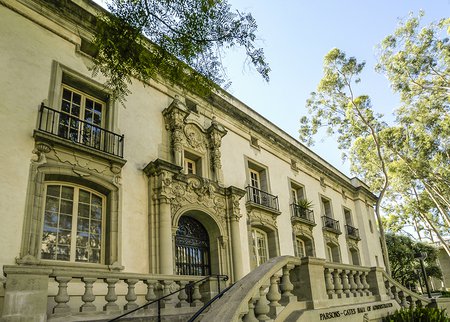
Parsons-Gates Hall of Administration
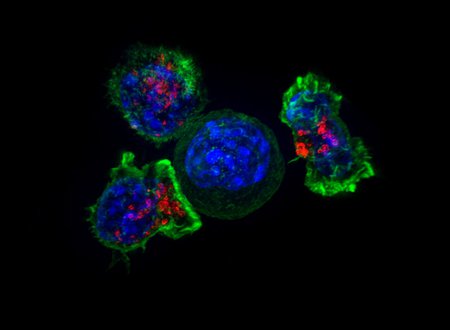
T cells surround a cancer cell
Credit: National Institutes of Health
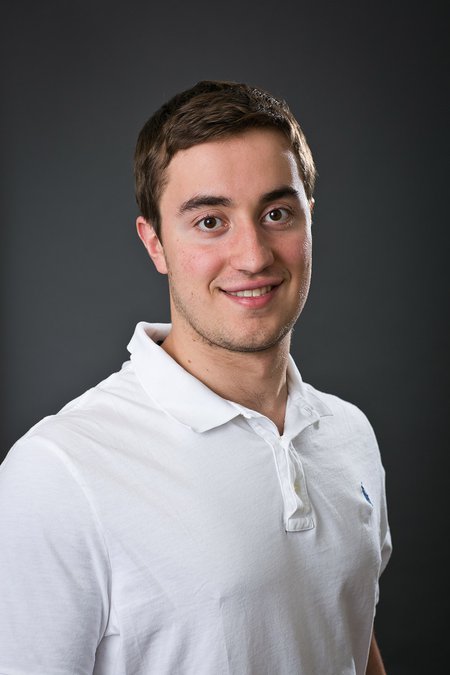
Credit: Courtesy of D. Assumpcao

Credit: iStock
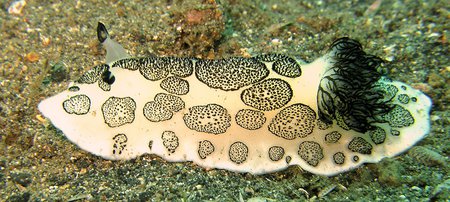
This fancy sea slug and its ilk contain anti-cancer compounds in their bodies. Caltech’s Brian Stoltz has developed a way to create those compounds in the lab.
Credit: Wikimedia Commons
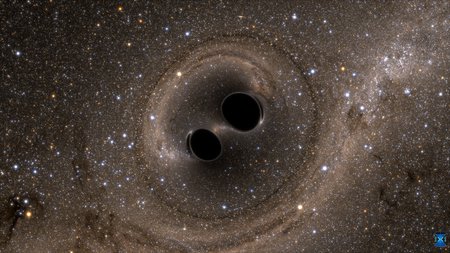
A simulated picture of two merging black holes, each about 30 solar masses. This is approximately what a human would see if they could travel in spaceship to take a closer look at merging black holes.
Credit: SXS, the Simulating eXtreme Spacetimes (SXS) project (http://www.black-holes.org)
This simulation shows the merging of a 20 solar-mass black hole with a 40 solar-mass black hole. A new model now predicts the end state of a merger with the greatest accuracy yet, including the final black hole’s spin, mass, and recoil velocity, or “kick.” The black holes’ spins are indicated with arrows—because they differ from the orbital angular momentum (pink arrow), the orbit wobbles, or precesses. The blue and red orbs indicate patterns of gravitational waves generated in the collision.
Credit: Caltech/Vijay Varma
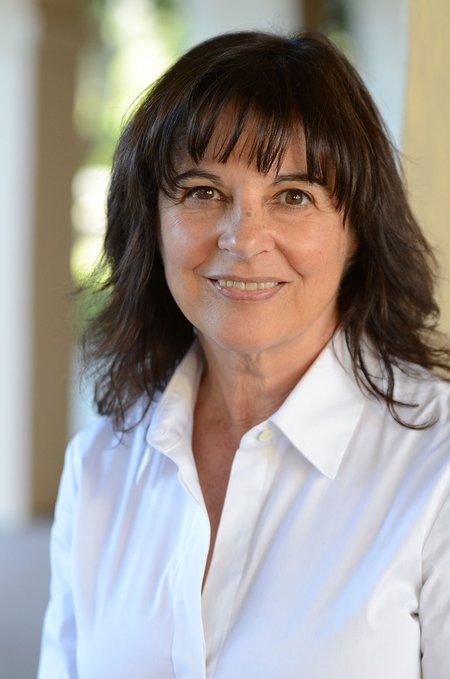
Jacqueline Barton
Credit: Bob Paz for Caltech

加州理工学院最近成立了一个由多学科专业人员组成的团队,以确定和帮助学生满足学术、社会和心理健康方面的需求。 学 […]
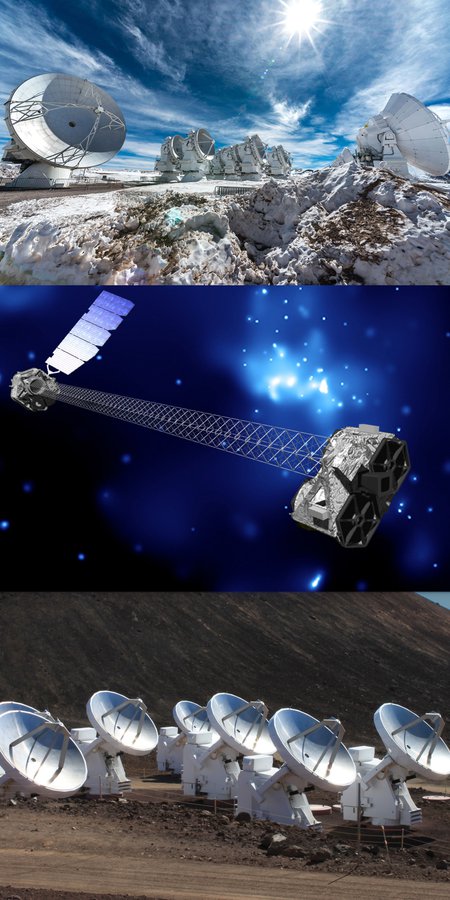
A collage of observatories used in the Caltech studies of Cow: ALMA, NuSTAR, and the Submillimeter Array.
Credit: ALMA (ESO/NAOJ/NRAO); NASA/JPL-Caltech; SAO (Glen Petitpas)